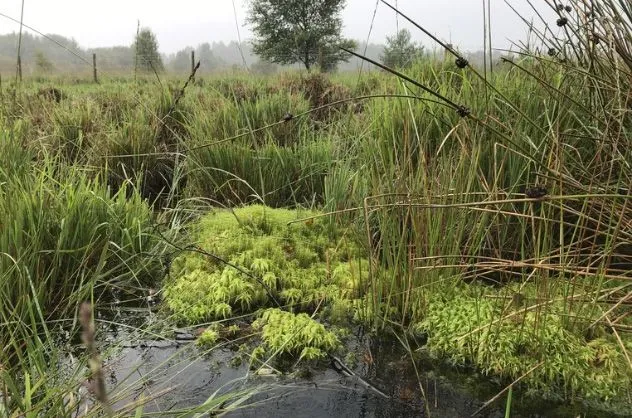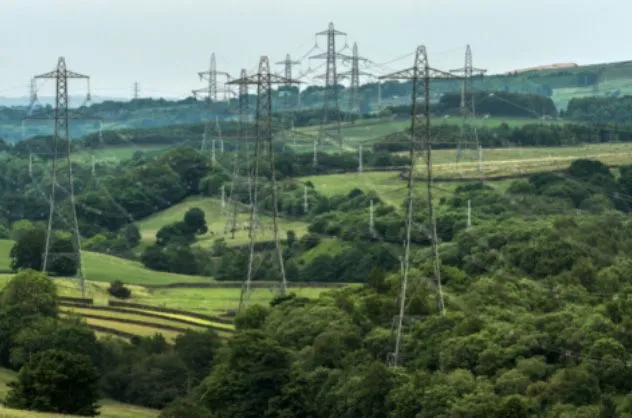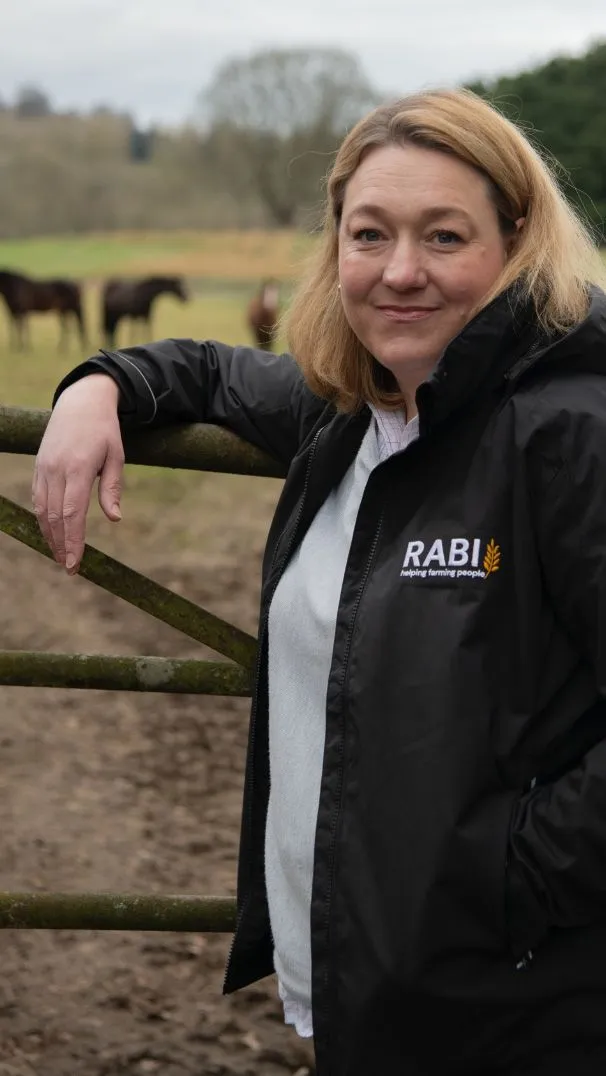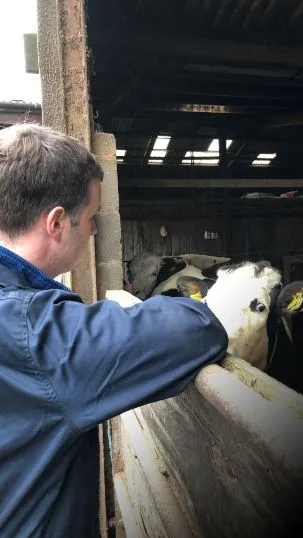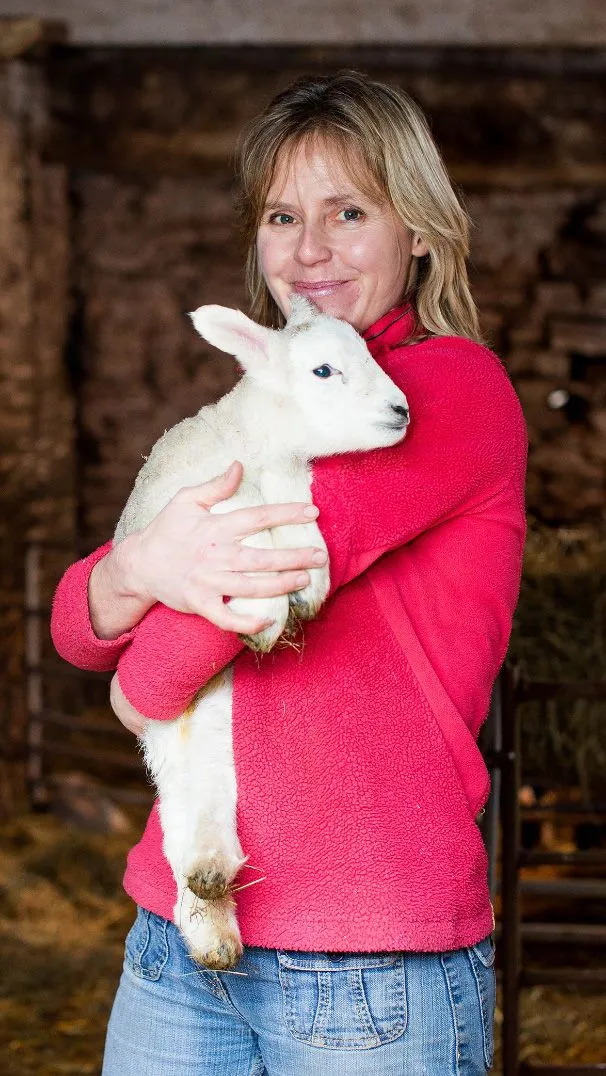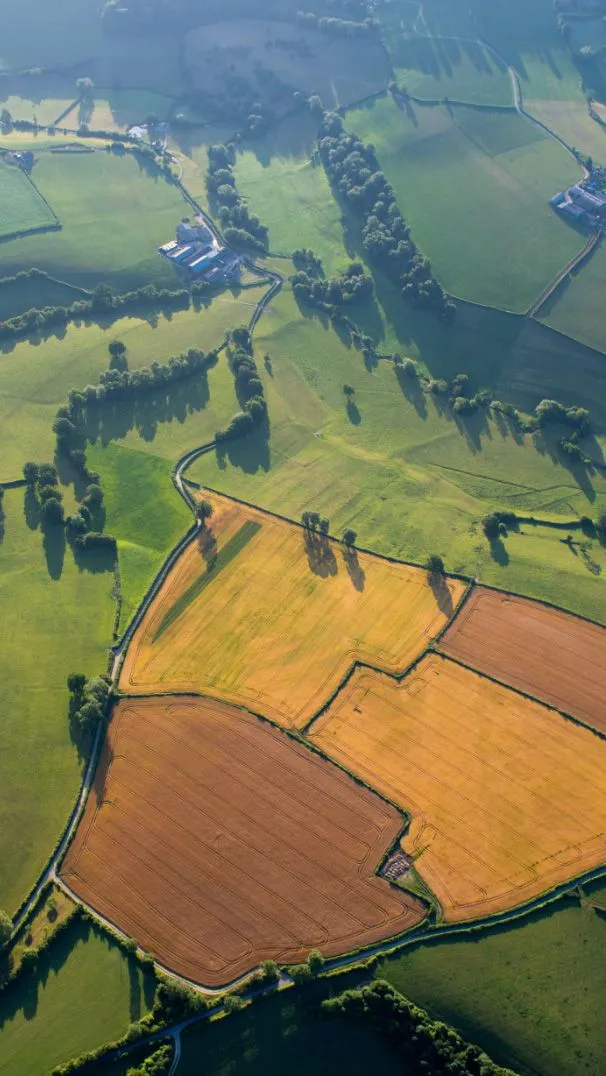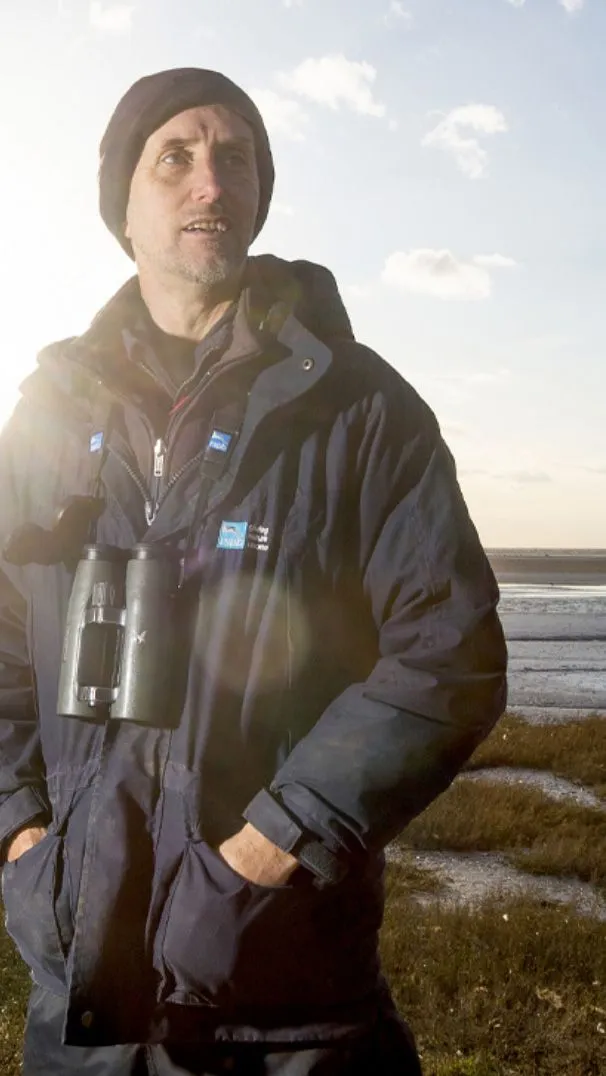Newsline
The latest news from National Grid and its landowner partners
Scan over the latest headlines or click for full story
Hello and welcome…

… to our grantors, and thank you for signing up to keep receiving all the news from the grantor and landowner community as well as the latest news and updated contact information from National Grid.
The online magazine replaces the printed version which many of you will have been receiving since it was first launched in 2005. Instead of twice a year we’ll be bringing you new features, news, competitions and other useful information every other month which will build into an archive of everything that’s great about the grantor community.
We’ve made the change partly to allow us even more space for some of the incredible stories and imagery from grantors like you up and down the country. The features will be the same but in even more vibrant colour across the full screen, and in time we’ll be adding video too.
But we’re also making Gridline the place to come for all the important information, useful contact numbers and general enquiries that were previously spread across National Grid’s corporate website.
The main aim is to make Gridline digital a one-stop shop for everything our grantors need, from emergency contact numbers to information about wayleave or easement payments.
In the modern era it’s absolutely vital that we should be more involved than ever in the communities we serve – and the grantor community is certainly no exception. We want to better understand the needs and most asked questions coming from our grantor population, so when you read on you’ll find useful tabs that will help you get in touch with us quickly and easily.
As well as seeing how some of the great characters and their businesses we’ve interviewed previously are getting on, we’ll continue to bring you some of the best new grantor features, so if you have a business venture you think would look great online, please do get in touch.
That’s enough from me. Take a dip inside and make sure to stay in touch.
Matthew Pearce,
Head of Electricity Transmission Property
Grid for Good: creating jobs

A scheme connecting young people in disadvantaged communities with training and employment opportunities has seen 220 individuals make important career breakthroughs.
In the first year of Grid for Good more than 120 young people received work experience placements, 100 applied for graduate and apprentice roles and seven started full-time roles across National Grid. The programme is designed to promote opportunities for training and employment in the energy sector at a time when the pandemic has severely restricted access to underserved young people. It means that existing and new roles which emerge as the journey to net zero gathers pace can be filled by some of the UK’s brightest undiscovered talent in the future.
The programme, supported by National Grid volunteers, delivers a positive impact to socio-economically disadvantaged individuals lacking access to opportunities because of their background or location. As well as working with supply chain partners to offer training and employment opportunities, Grid for Good has teamed up with charities to access a diverse range of young talent with the aim of helping us reach net zero.
The programme will evolve further this year to create links with even more industry partners as well as expanding to cover a broader age range from early teens to late 20s.
“In the UK, the industry needs to fill 400,000 jobs to reach net zero and diverse young minds are critical to this. I’ve seen some exceptional talent come through the programme already and it’s exciting to see more people considering the sector who previously wouldn’t have done so.”
Dina Potter, VP/Global Head of Social Impact

3,000
the number of young people involved in the programme

500
events have been held, most of them virtual
Find out more about Grid for Good
Peat bog investment cuts emissions
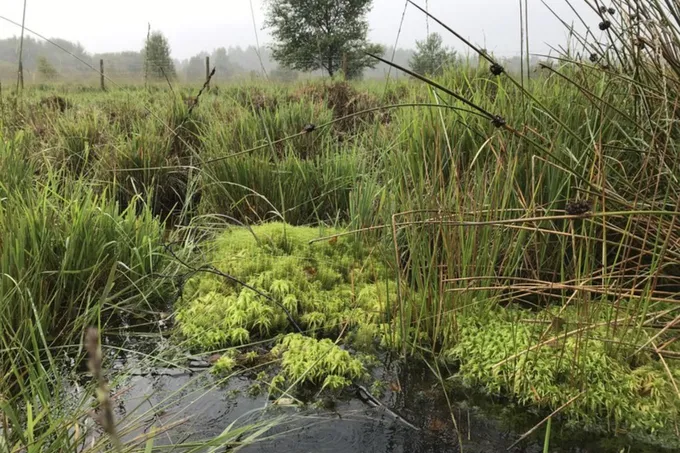
An ancient peat bog close to one of National Grid’s substations in South Wales has been preserved to store the equivalent of 22,000 petrol cars’ annual emissions. Engineers working with local authorities and restoration experts have rehabilitated the 15-hectare peat bog which holds the equivalent of 32,000 tonnes of carbon dioxide.
The £120,000 project was funded by National Grid when the business acquired land for the new substation in South Wales to connect green energy production from the upland wind farms of the South Wales Valleys.
The peat bog, on the Hirwaun Industrial Estate in Aberdare near the Brecon Beacons, had been neglected and used for landfill for years. But after National Grid worked with the local council, hydrological and ecological experts to re-wet it, the rare lowland bog and its special species are recovering. This will help in the fight against climate change as peat mosses trap carbon and prevent its release into the atmosphere.
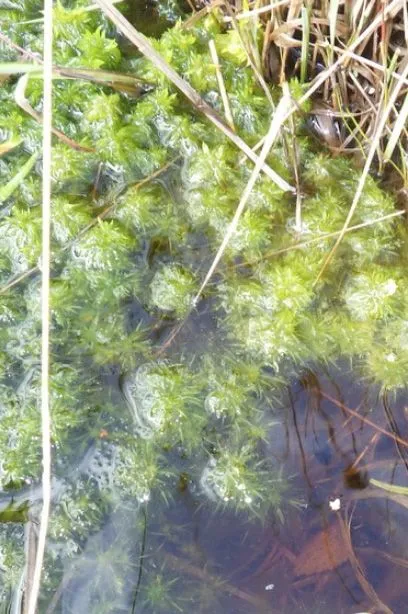
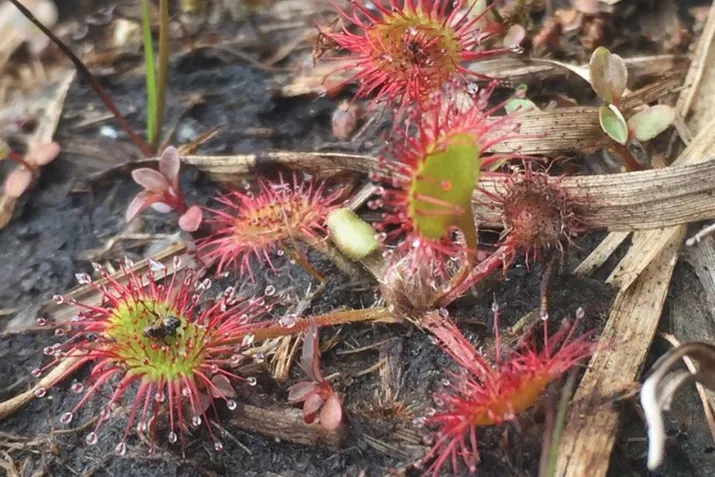
A healthy functioning peat bog with ‘year-round’ high water levels can hold 10,000 years of stored carbon and capture present day atmospheric carbon.
Chris Plester, Sustainability Specialist at National Grid, said: “This project has provided a unique opportunity to capture carbon and integrate biodiversity enhancement at the same time. It’s been an incredible journey for the whole team to watch the peat bog come to life once again.”
Taking power lines underground
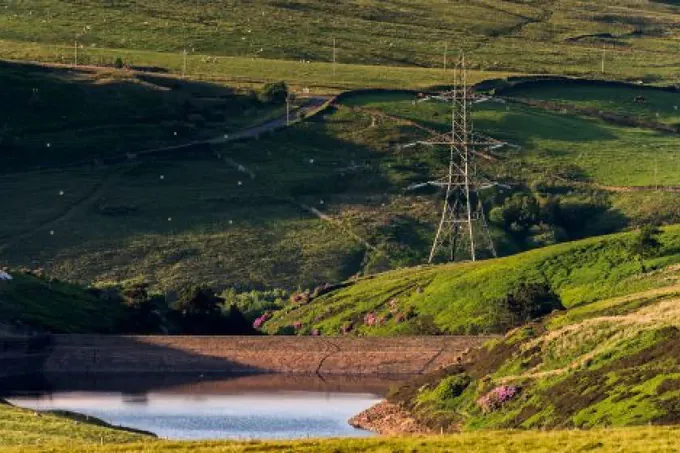
A project to replace overhead power lines with underground cables in one if the UK’s most beautiful landscapes is showcasing a series of sustainability measures. Rainwater harvesting and eco-friendly lighting towers are just two of the initiatives undertaken by National Grid’s project team in the Peak District National Park in South Yorkshire.
Tim Martin, Project Engineer for the Visual Impact Provision scheme at Dunford Bridge, said: “National Grid is committed to being as efficient and sustainable as possible. This not only includes minimising the impact of our construction projects but also improving the environment after we have gone.”
Peak District Park green initiatives
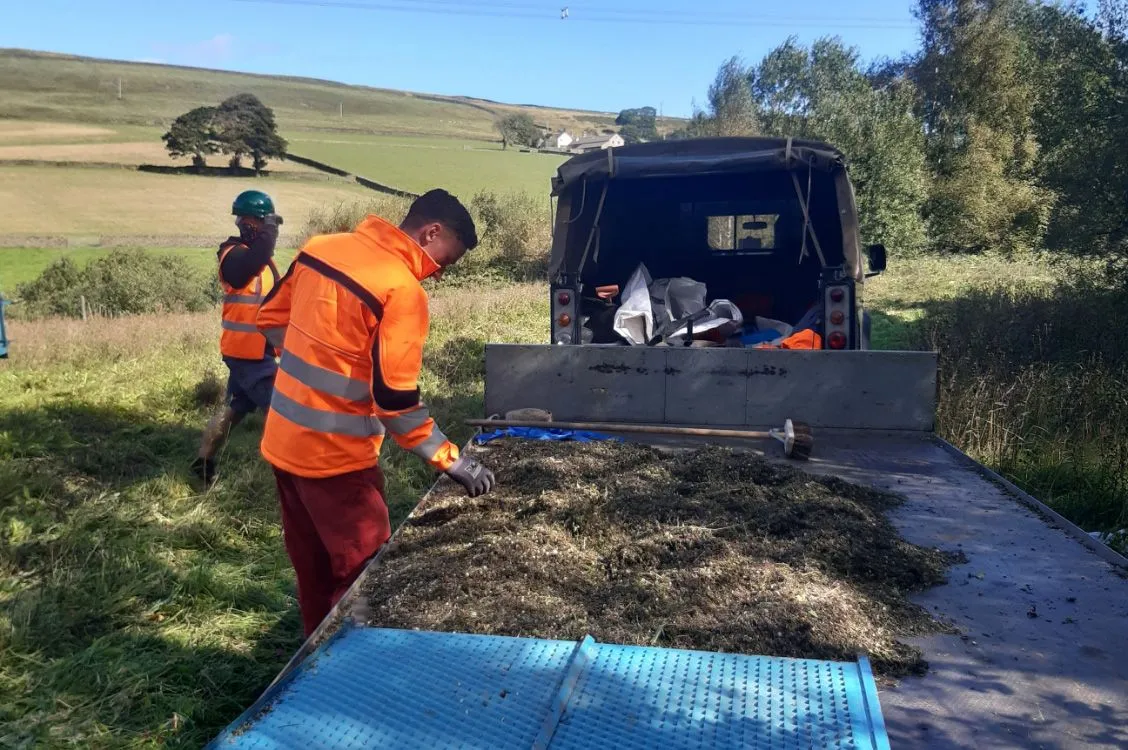
Seven pylons and 1.5km of overhead electricity line are being removed. During this work, 10,000 litres of rainwater from a road bridge has been collected, which otherwise would have soaked into the ground.
Harvested in 1,000 litre bulk containers, it has been used to wash out concrete piling equipment at a new compound where the new cable will join the overhead line.
The Peak East project teams use hybrid lithium battery lighting towers fitted with the latest telematics. This allows remote start-up and switch-off for 455 hours of running time from one 50-litre tank of fuel, reduced carbon dioxide emissions and significant fuel savings… while illuminating a 3,000 square metre area.
Compared to a standard lighting tower that’s a 72% reduction in emissions and fuel.
The team has harvested seeds in excavated areas, ready for replanting and, where trees have been felled, some of the wood has been reused to create habitats for frogs.
Rotten logs are also being attached to existing trees to encourage willow tits, a species in decline, to potentially create homes from their favoured soft wood so they can thrive in the area once again.
The work is part of National Grid’s Visual Impact Provision (VIP) project, a national stakeholder-led programme to reduce the visual impact of existing high voltage power lines in Areas of Outstanding Natural Beauty and National Parks across England and Wales.
Visit Peak East VIP Project for more information about this project.


